Discoveries of the Exoplanet Hunter - the Kepler Telescope
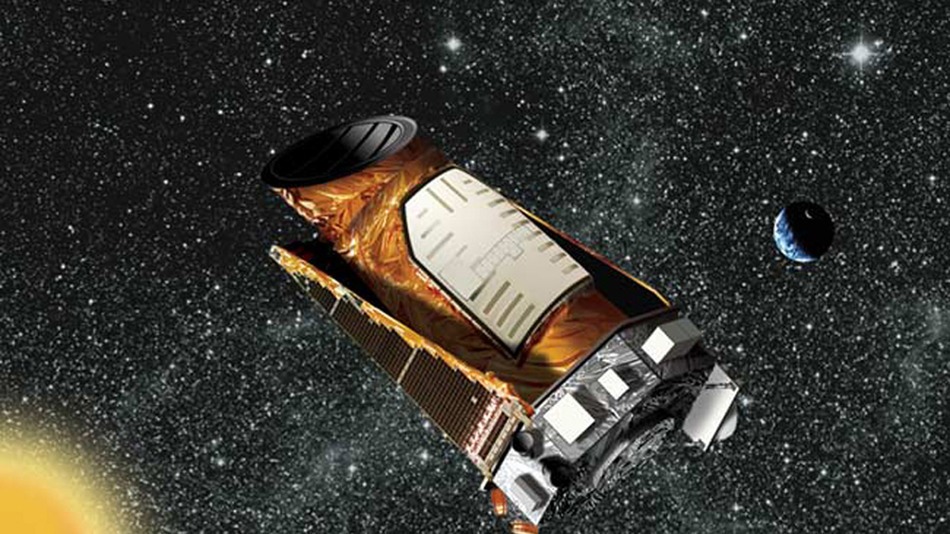
Kepler - NASA space telescope, designed specifically to search for exoplanets: study the structure of other planetary systems, determine the number of planets suitable for life, explore the properties of their stars. The spacecraft was launched on March 6, 2009, and in May 2013 the telescope went down while in heliocentric orbit (wedged two of the four flywheels). The mission cost NASA about $ 600 million.
For four years, Kepler discovered 2740 candidates for the title of exoplanets, of which about one hundred have been confirmed to date. Some of the planets are very interesting specimens.
')
Kepler-10b: “Iron Exoplanet”
The planet, opened in May 2009, the core of which is saturated with iron. It is only 1.4 times the size of Earth. It rotates very close to its star - an old white dwarf age of 12 billion years, in just 0.84 Earth days.
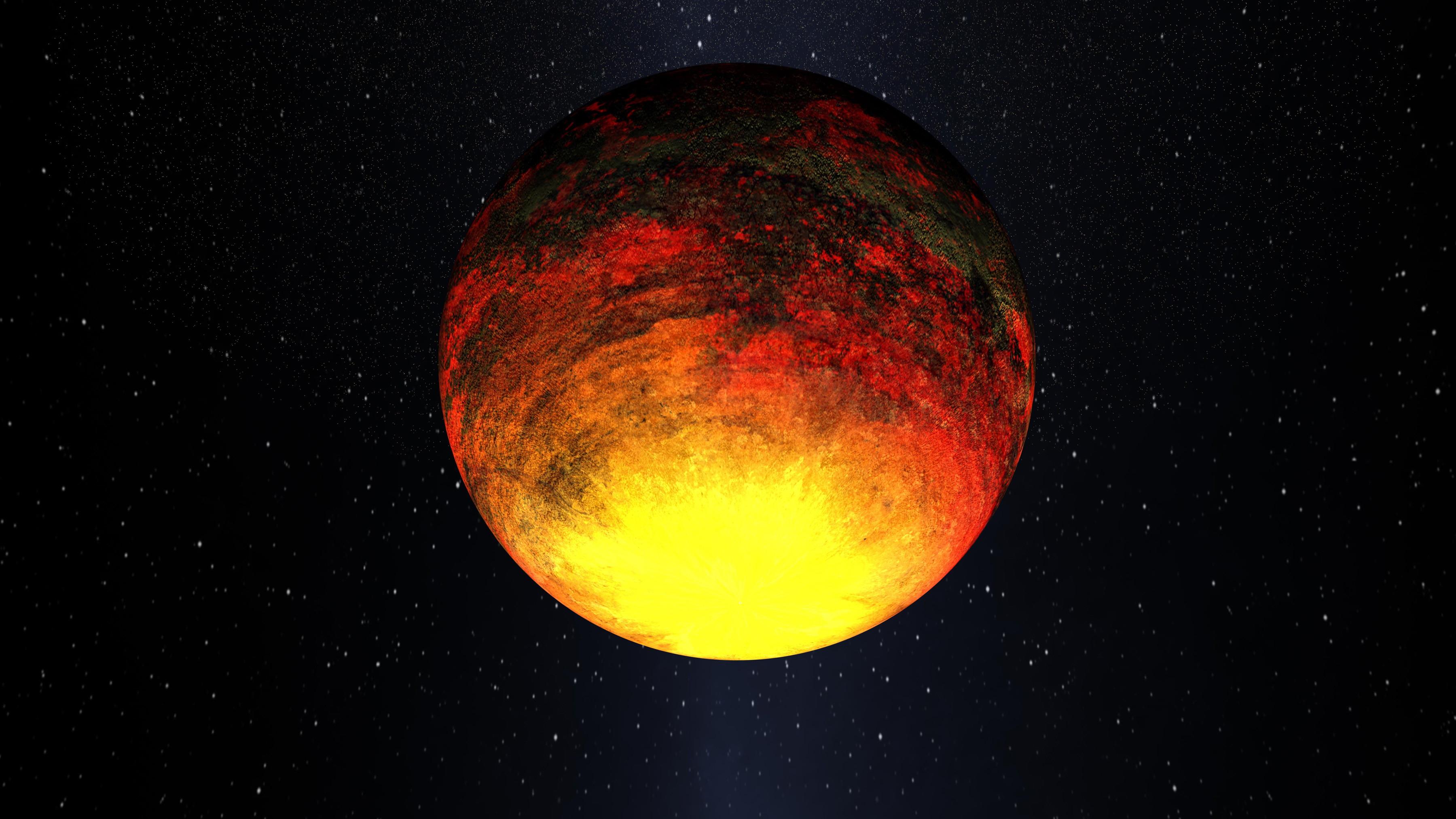
Kepler-16b: Tatooine
The first open exoplanet with two suns (this and got its unofficial name), consists of gas and stone. It is interesting in that its orbit is smaller than the radius, which was considered to be the inner boundary for the formation of planets in a binary star system. The surface temperature of the planet is from –70 ° C to –100 ° C, the orbital period around both stars is 229 days.
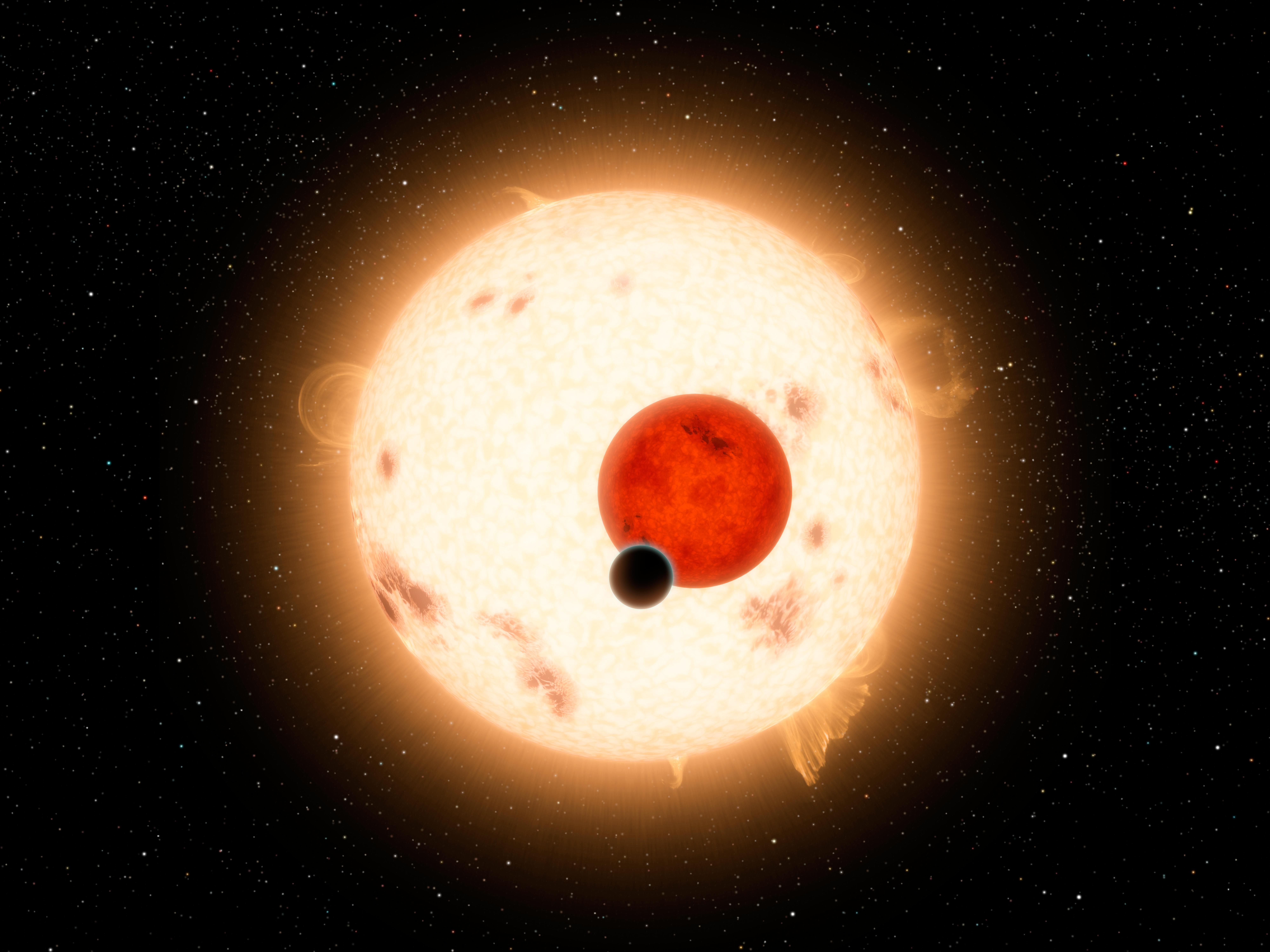
Kepler-20e: Mini-Earth
The planet is 1.15 times smaller than the Earth, belongs to the mini- earth class. The year lasts only 6 Earth days, the surface temperature reaches 760 ° C.

Kepler-22b: Fit for
This is the first exoplanet, which is considered theoretically fit for life, because is drawn in the habitable zone of a sun-like star, for 290 Earth days. The planet is 15% closer to its star than the Earth to the Sun, while the luminous flux is 25% less. Therefore, the temperature of the surface of the planet may be suitable for the emergence of life.
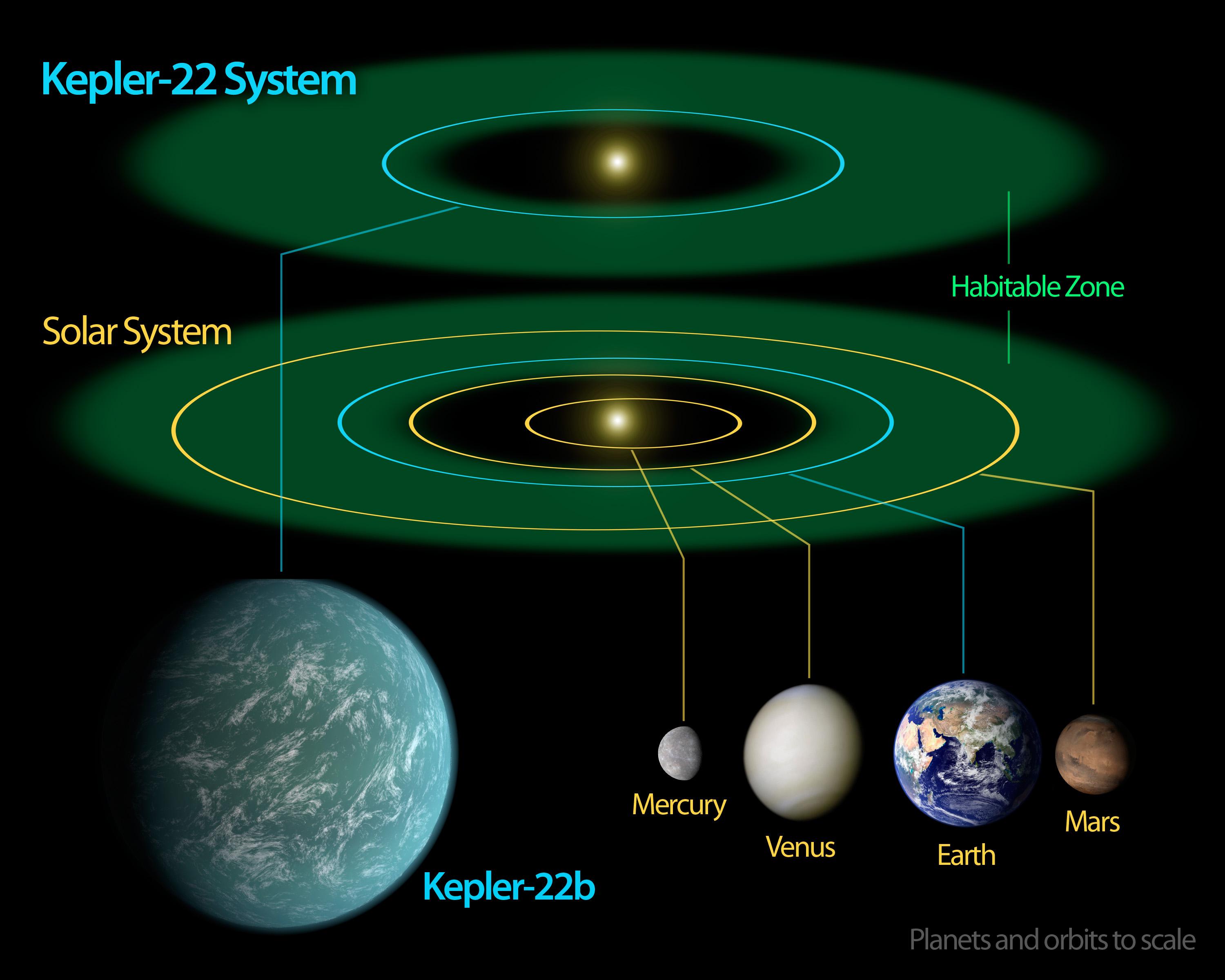
Kepler-37b: The smallest exoplanet
The planet, discovered in February 2013, is only slightly longer than the Moon, and the orbital period around its star is 13 days. Surface temperature reaches 400 ° C.
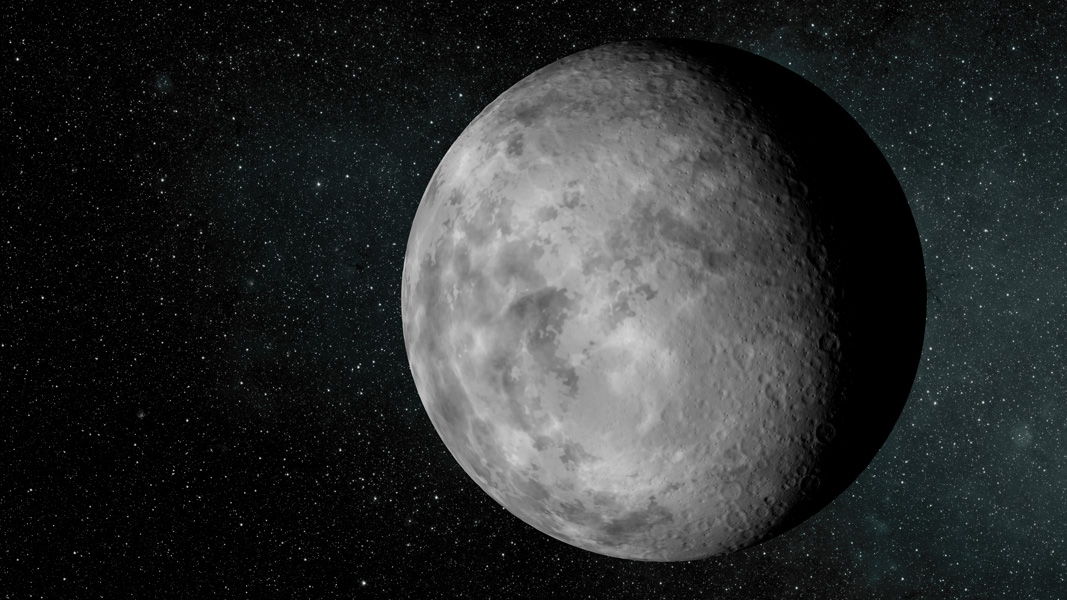
Kepler-62e and f: “Water Worlds”
These exoplanets, discovered in April 2013, are perhaps the best candidates for the role of habitable planets outside the solar system. They are 1.6 and 1.4 times the size of Earth. Theoretically, there are oceans on the planets where life could have originated.
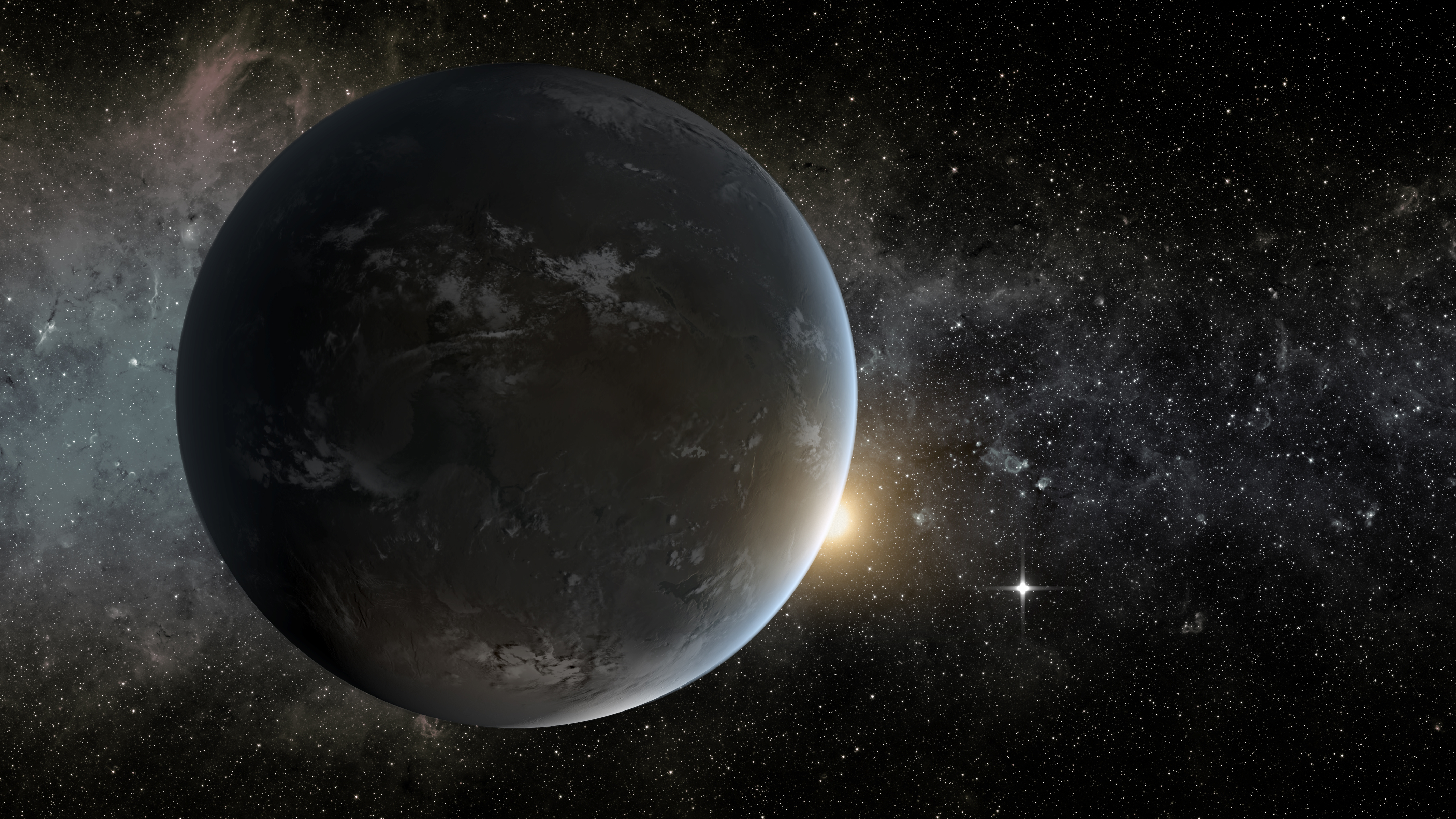
Kepler-76b: "The Planet of Einstein"
A gas giant discovered using the BEER algorithm (relativistic BEaming, Ellipsoidal, and Reflection / emission modulations), based on Einstein’s special theory of relativity and based on data from the Kepler telescope. The planet is twice the size of Jupiter in mass and 25% in diameter, the rotation period is 1.5 Earth days.
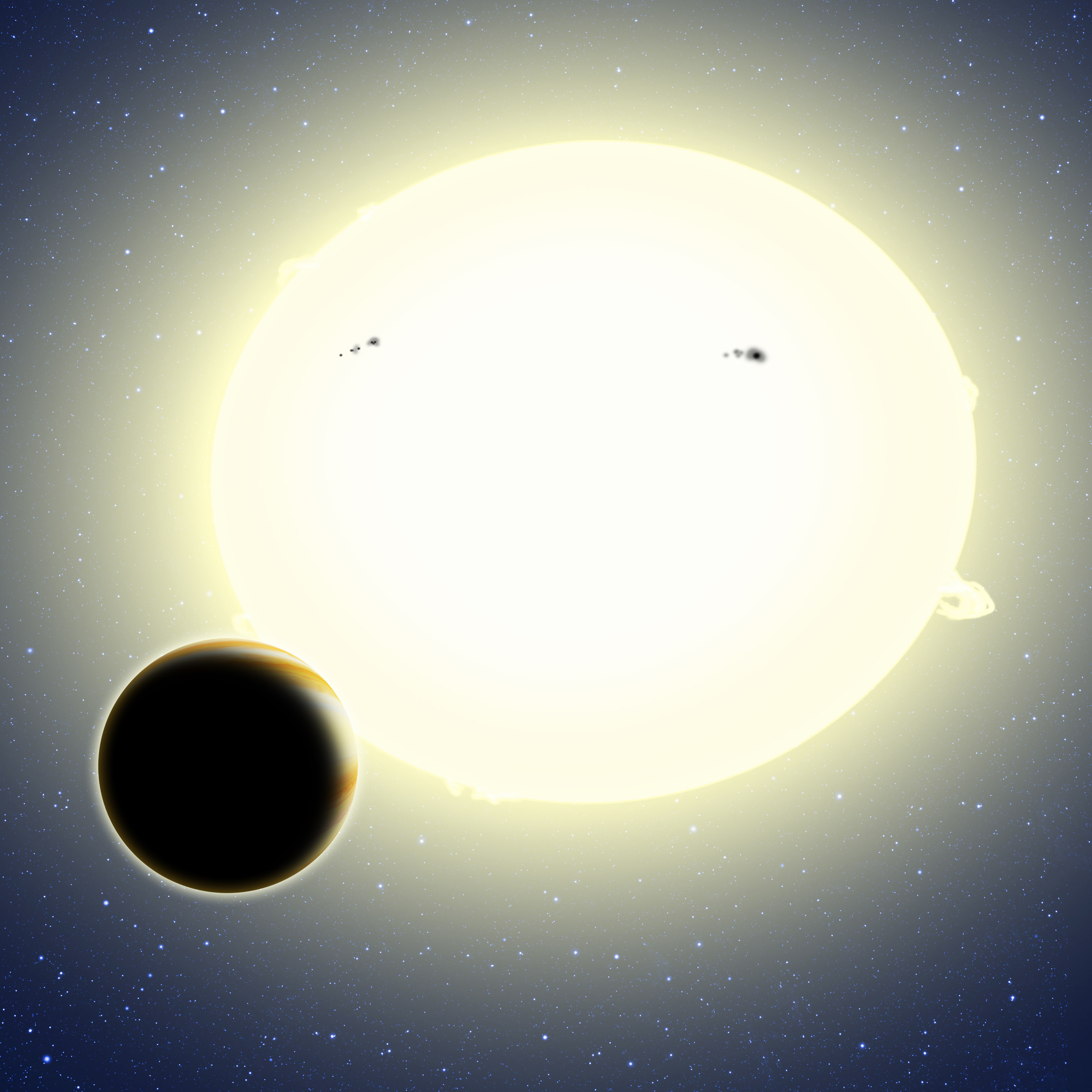
Open exoplanets are very different from each other: composition, size, orbital period, surface temperature, etc. Below is a comparative graph of the sizes of open planets by Kepler. As observations have shown, within the Milky Way, small stony planets like the Earth are much larger than gas giants like Jupiter or Saturn.
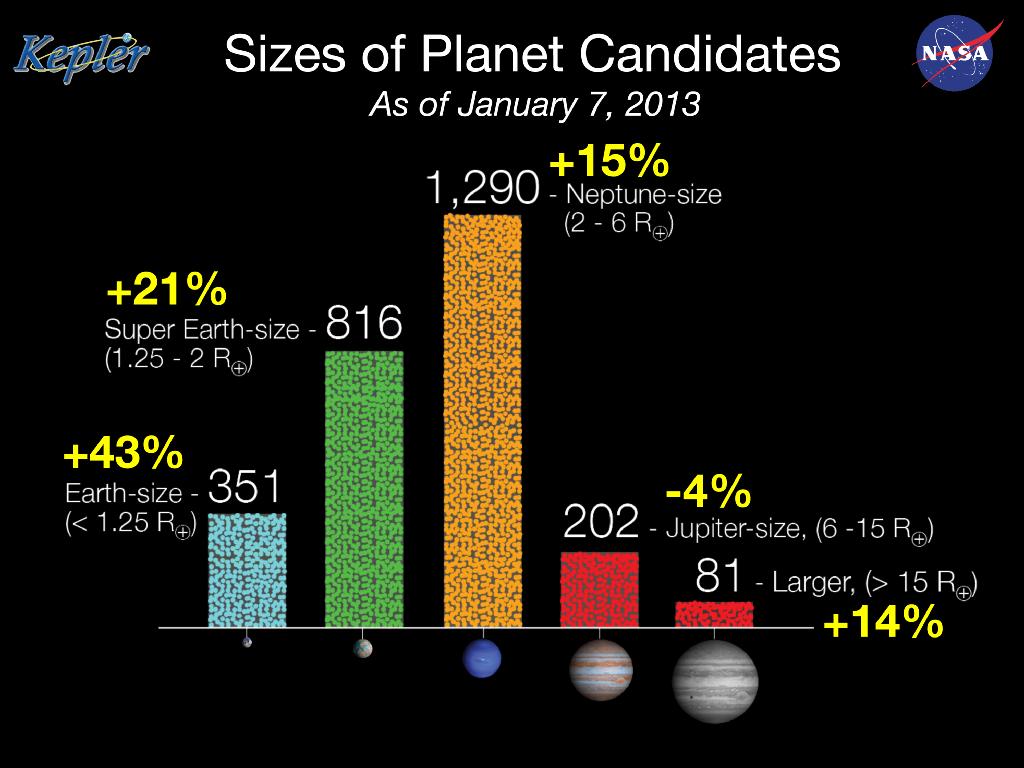
A complete list of planets discovered by the Kepler telescope on Wikipedia (the English list is longer).
There is the Planet Hunters project , where amateur astronomers can try their hand at finding new planets using the Kepler telescope data. There is even an interactive tour for beginners.
Source: https://habr.com/ru/post/191114/
All Articles